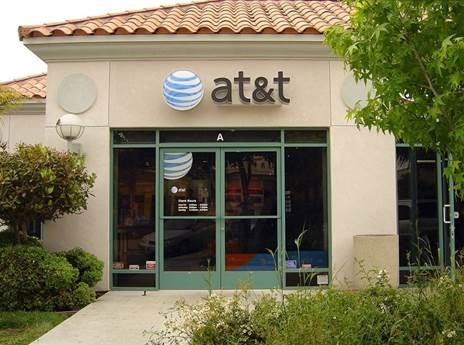Need to Know: Before You Begin Your Sign Program

Brand and Signs Part One: Name and Layout
If you’ve ever been through a major brand refresh or rebrand you know how messy it can get. Beyond the project related challenges of defining a strategy, creating a name, developing the optimal brand architecture, and creating a visual design system brand and launch plan, other factors impact the brand process behind the scenes―internal politics, executive buy-in, internal communications, change management, and agency coordination.
With so much attention geared towards locking in a brand system and the rules that govern it for a deadline, agency partners often overlook the basic considerations for one of the most visible and effective communicators until the very end―signage. Brand guidelines that don’t take into account environmental aspects are often sent over to facilities teams who are under pressure to convert signage at a low cost and have little incentive to ensure that the brand is reflected to its true standard.
Thinking through how your brand decisions will impact the visual pieces of a brand before generating brand signage guidelines can help organizations ensure their environments act as an effective and engaging brand touchpoint and set expectations around investment needed.

Lengthy Brand Names Spell Trouble
For the purpose of communication, a brand name should be kept within a reasonable length with limited use of redundant elements like geographic identification and/or the facility name. This is particularly important when working in industries like healthcare where you have a system name, facility name, and a facility function identifier. Add onto the wordmark or signature (the letters that spell out the name) a logo and now you have quite a complex and busy statement.
Keep in mind that signage is restricted by allowable square footage and architectural limitations as well. The more information included the more it restricts the communication value to the user. In addition, more information increases the cost in fabrication, which is extended across an entire facility network.
Signature Layouts Need to be Flexible:
Design layout is key to the brand system; restricting signature use and options maintains a clean brand system, which can be maintained over the life of the signs. But when developing the system design, don’t be too rigid on signature use restrictions, like the logo working only on blank page applications. It’s not uncommon to have a need for items such as “extreme horizontal” logo applications for use where equal balance is provided between the logo and logotype. In such a case, applying the signature elements in a one line format is preferred, because stacking the elements just won’t physically work. These extreme horizontal signatures are excellent for use on high rise building or when running a name above or between banks of windows.
Additionally, the opposite may occur when you are restricted to architectural limitations in vertical areas of a building, such as the exterior wall of a stairwell where there is typically a more narrow vertical section of building to attach signage. Here you may require a signature where each element or piece of copy is stacked in order to limit the horizontal space required.

Don’t Let Controlled Fields Be a Straight Jacket:
Signatures using a controlled field as a background can create problems in signage. Controlled fields limit what can be done in the sign architecture. Branded sign programs typically have unique architectural elements and details. When designing a sign system, remember that freestanding signs have two sides―it seems like a basic idea but is often overlooked. Controlled fields around signatures will require the sign design to place the field within the perimeter of the sign. If a controlled field is necessary, consider creating a field that is symmetrical with centered copy alignments for any elements that fall outside of the shape. This will allow for a mirrored application from side-to-side, extending greater freedom to the design process.
Although it may seem challenging, designing a successful brand sign system can be accomplished through careful name, layout, and controlled field considerations. Follow these basic rules and you will be on your way to a beautiful system.
In Part Two, we will explore the role of color, lighting, and format in signage design.
John Dohner is a Program Director on Monigle’s Branded Environments team.



